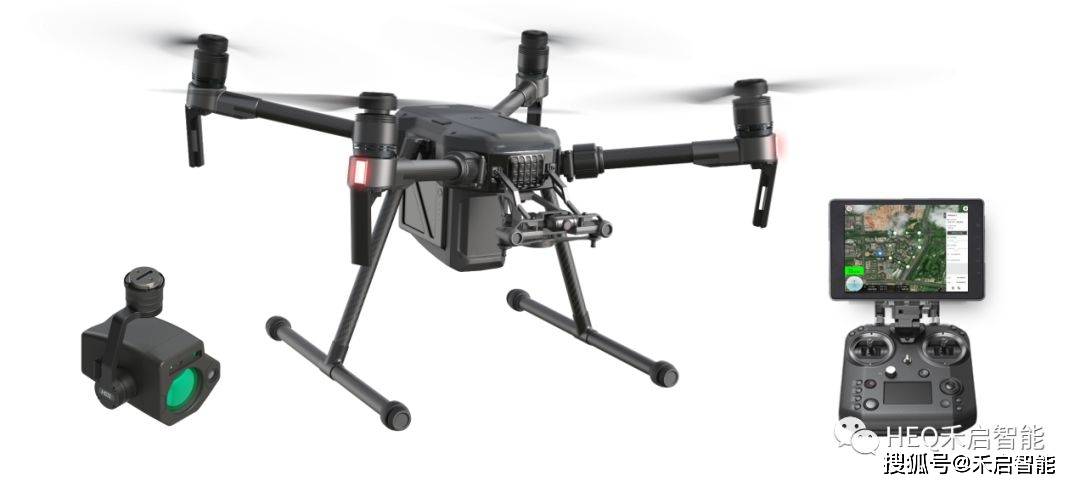In recent years, the landscape of drone operation has undergone rapid evolution, primarily due to developments in FAA drone regulations. These rules are critical to ensuring the safety and efficiency of drone flights across various arenas. Whether you’re a hobbyist or a professional pilot, understanding these regulations is paramount for compliant and safe flying.
Understanding FAA Drone Regulations
The Federal Aviation Administration (FAA) plays a key role in drone regulation. The administration’s rules aim to manage airspace use, protect personal privacy, and ensure public safety. By regulating drone activity, they provide a structured framework within which both recreational and commercial pilots must operate. The most recent updates have introduced new requirements such as remote identification and night-time operation capabilities.
Remote Identification
Remote identification is akin to a digital license plate for drones. It allows authorities to track and identify drones in real-time, promoting accountability among operators. As per the new FAA drone regulations, operational drones need to transmit identification and location details that can be picked up by the appropriate parties.
Remote ID reflects the FAA’s commitment to balancing innovation and safety. It helps prevent unauthorized drone activities and provides a measure of security, which is vital given the increase in drone usage worldwide.
Operations Over People and at Night
Previously restricted, operations over people and at night have now been permitted under specific conditions. The new FAA drone regulations stipulate stringent requirements for these flight modes, ensuring the risk to bystanders and aircraft is minimized.
- Drones must be equipped with an anti-collision lighting system visible for at least three statute miles.
- There are specific categories for drones flying over people based on the level of risk they pose during operation.
These changes reflect a growing acceptance of drones within densely populated areas, provided they adhere to safe operational guidelines.
Types of Drone Pilots: Recreational vs Commercial
FAA regulations often distinguish between recreational and commercial drone pilots. Recreational pilots fly for enjoyment, adhering to guidelines such as flying under 400 feet and maintaining visual line of sight. In contrast, commercial pilots conduct operations for business purposes, requiring a Part 107 certification to ensure safety compliance.
This distinction is crucial not only for law adherence but for liability purposes. Commercial drone operators must pass a knowledge test demonstrating their understanding of aeronautical concepts such as airspace classifications and emergency procedures.
Achieving Part 107 Certification
Obtaining Part 107 certification is a cornerstone for aspiring commercial pilots under FAA drone regulations. This certification entails passing an aeronautical knowledge test covering areas such as weather, airspace, and flight maneuvers. It equips pilots with the skills required to operate safely in various environments.
Conclusion
Understanding and navigating FAA drone regulations is essential for pilots who seek to fly safely and legally. Compliance ensures that drones are integrated smoothly into the national airspace while minimizing risks to other air traffic and the public.

FAQ
- What is Remote ID for drones?
- Remote ID is a tracking system required by the FAA to monitor drone flights for safety and accountability purposes.
- Can I fly my drone at night?
- Yes, with the latest FAA regulations, drones can be flown at night if equipped with the necessary lighting and meet operational criteria.
- Do I need a Part 107 certification for recreational flying?
- No, Part 107 certification is required for commercial drone operations, not recreational flying.